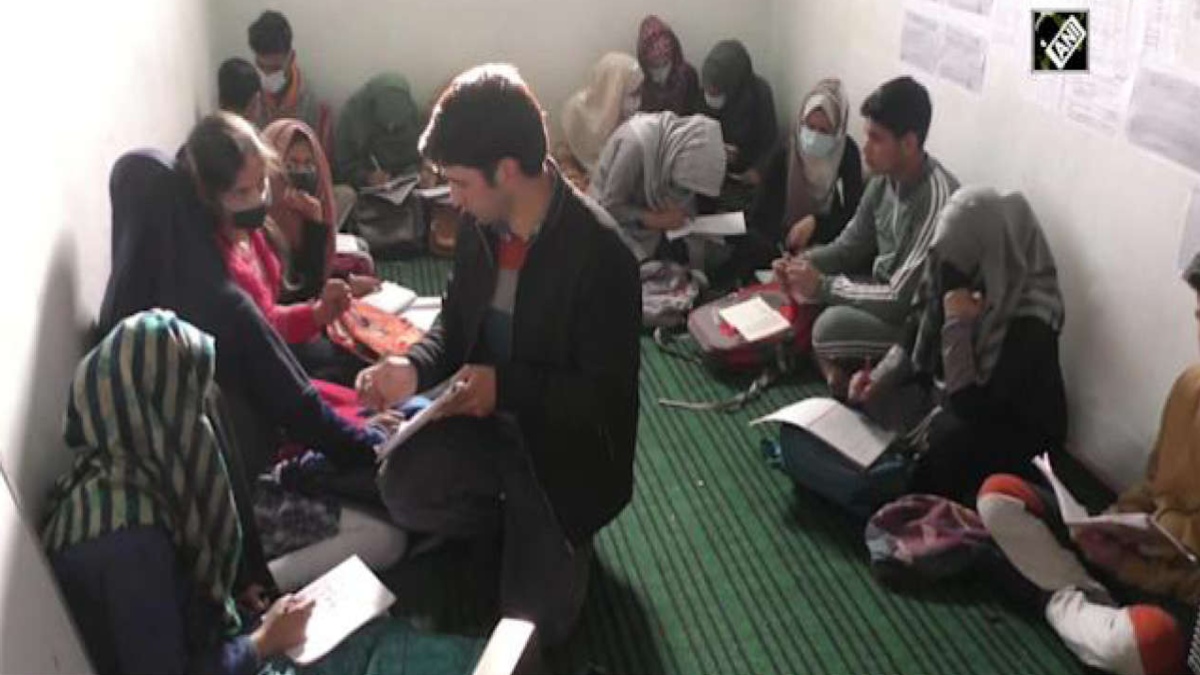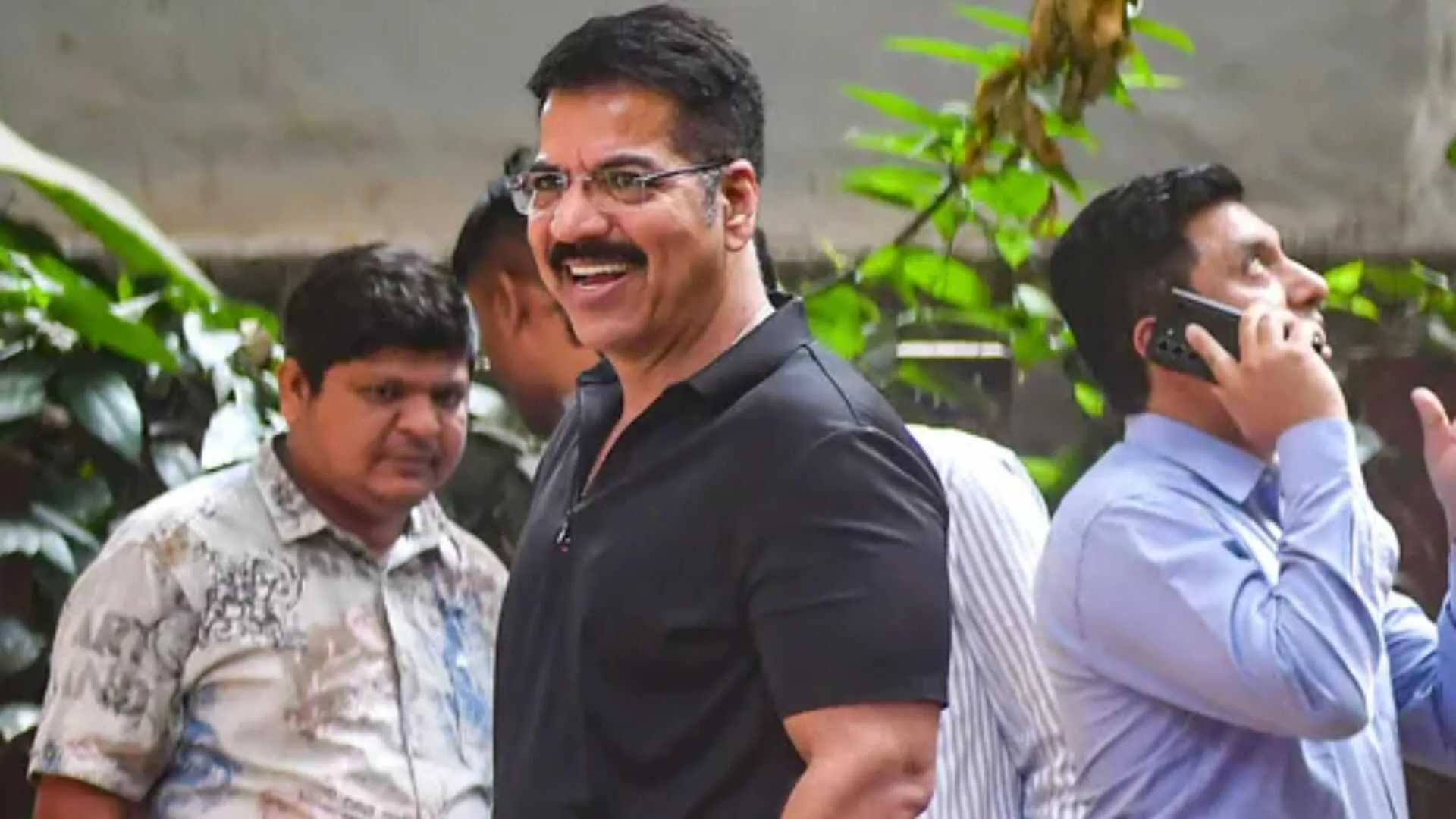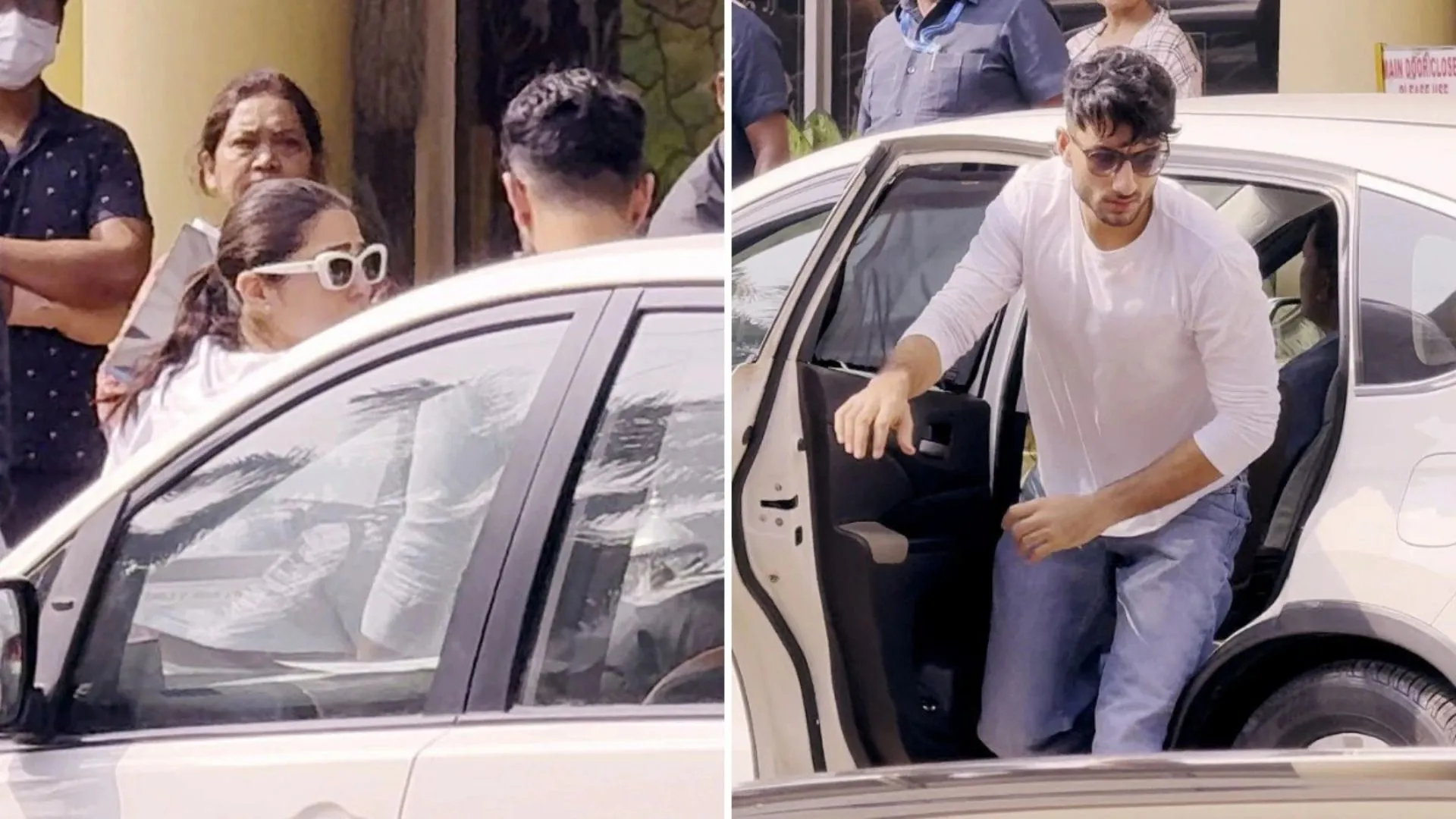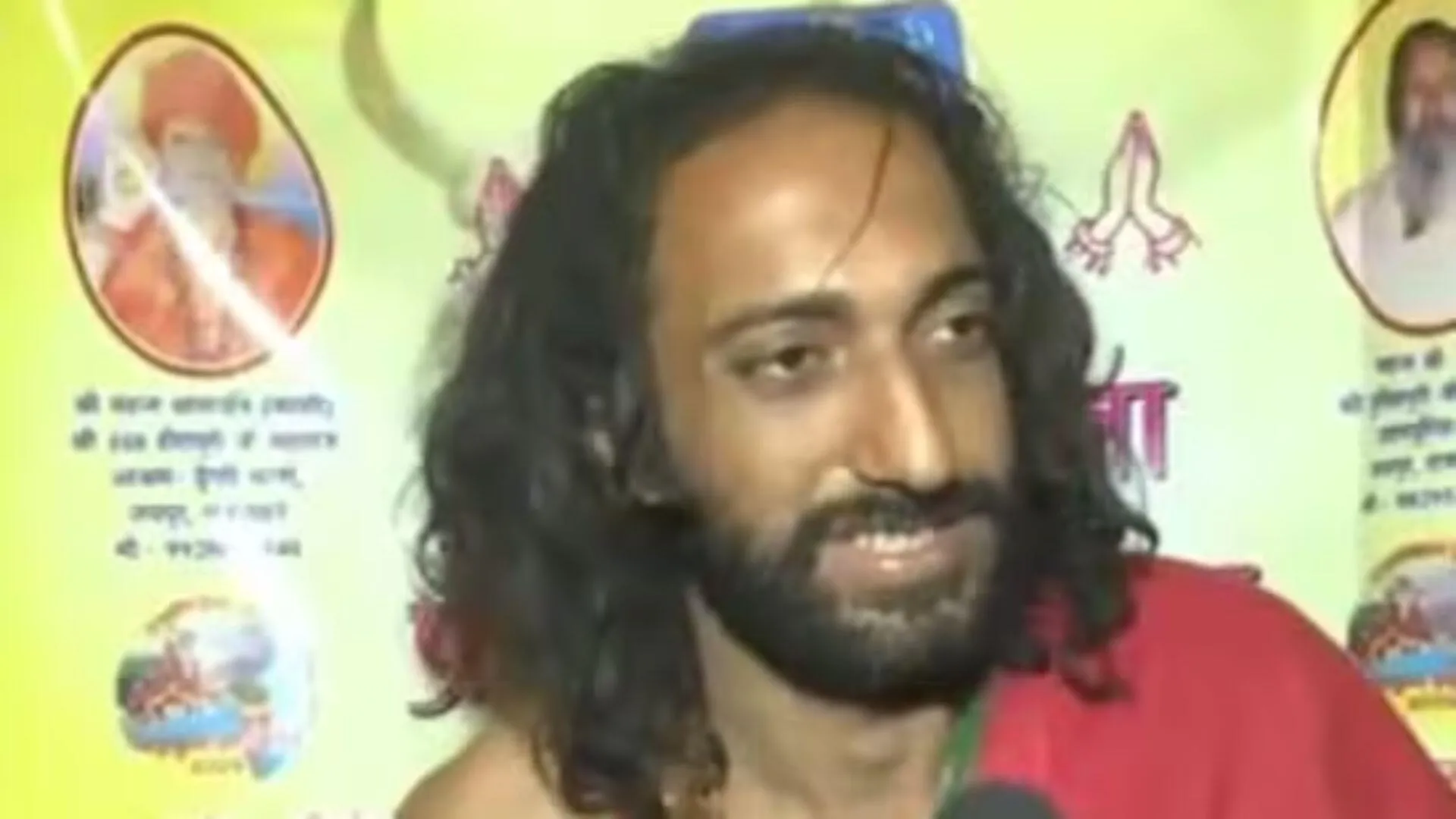Baramulla: The drying pens of calligraphy are all set for a fresh start in Kashmir. A young Kashmiri teacher, Malik Mukhtar, is breathing new life into this centuries-old art and encouraging creativity.
Hailing from Pattan town of Jammu and Kashmir’s Baramulla district, the 28-year-old is a calligraphy teacher, who is now running his own training institute. While Mukhtar has had his share of appreciation for his command of the craft, he wants to popularise it amongst the school students in the Valley.
Malik Mukhtar, calligraphy teacher, Baramulla told ANI, “I thought I should familiarise children with a different writing style. I trained them in writing in different calligraphic styles so that they could develop an interest in it. I started teaching calligraphy in 2009 and since then I have been teaching students from college and university with discretion.”
Students say it has been a unique experience to learn calligraphy at Mukhtar’s institute. “I have been coming here to learn calligraphy for the past 15 days. I have learned so many things here; my handwriting is improving day by day,” said a student.
Malik has never shied away from pushing his artistic boundaries and performing more challenging tasks like practising calligraphy on paper mache, which doesn’t even have a regular surface or curvature. Calligraphy is the art of beautiful handwriting. It implies a sure knowledge of the correct form of letters–that is, the conventional signs by which language can be communicated–and the skill to make them with such ordering of the various parts and harmony of proportions that the experienced, knowledgeable eye will recognise such composition as a work of art.
In the Middle East and East Asia, calligraphy by long and exacting tradition is considered a major art, equal to sculpture or painting. In Western culture, the plainer Greek- and Latin-derived alphabets and the spread of literacy have tended to make handwriting in principle an art that anyone can practice.
ANI























